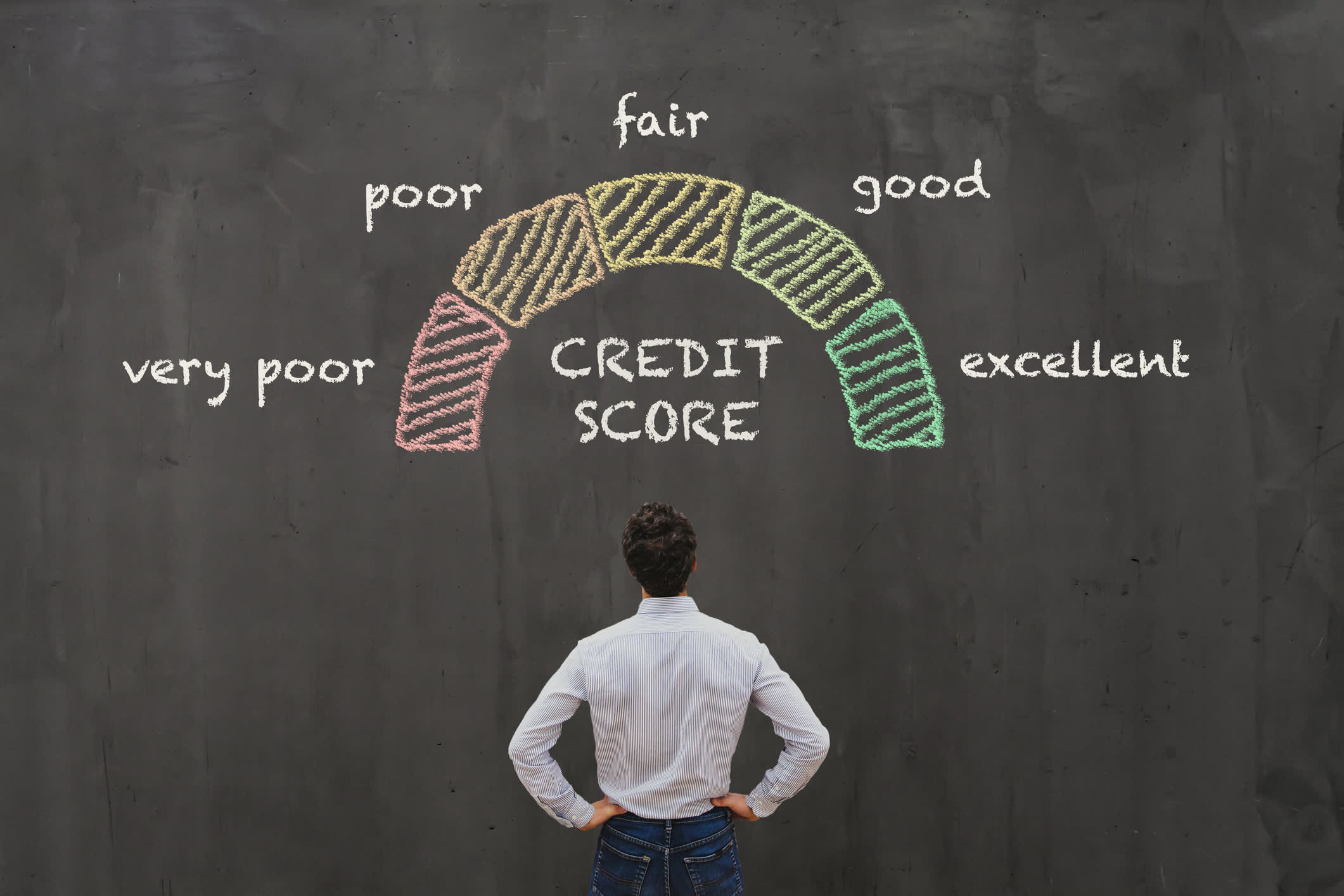What the Data Reveals About Financial Habits and Average Credit Scores by Gender in 2025?
Your credit score is crucial when it comes to personal money, influencing everything from interest rates to loan approvals. But have you ever considered whether credit ratings are influenced by a person’s gender? Examining typical credit ratings by gender provides important information on debt management, spending patterns, and financial literacy in today’s data-driven society.
Although gender is not taken into account by credit agencies when determining ratings, examining patterns between men and women shows minor but significant distinctions in the ways that each group handles debt and credit. This article analyzes the most recent data, looks at the reasons that contributed to it, and considers the implications for financial equity.
Get an expert consultant today
What the Data Reveals About Financial Habits and Average Credit Scores by Gender in 2025
The majority of people are aware of their credit score in general, but few take into account how their rating differs for each gender. Like the long-discussed salary gap, is there a discernible difference between men’s and women’s credit standings?
According to the law, credit shall not be given or assessed unfairly. Enacted in 1974, the Equal Credit Opportunity Act (ECOA) was created expressly to prohibit lending discrimination on the basis of individual characteristics, including age, sex, color, religion, or financial assistance status. When determining creditworthiness or terms of service, this law prohibits lenders and credit institutions from utilizing demographic characteristics such as gender.
Experian, one of the largest credit agencies, explored the subject in their publication “Women and Credit 2020: How History Shaped Today’s Credit Landscape,” despite the fact that this makes obtaining gender-based credit data difficult. To this day, this thorough research is still among the most trustworthy resources on credit analysis connected to gender.
An Overview of the Historical Background
The fact that women were not allowed to independently apply for credit or a mortgage without a male co-signer only a few decades ago is shocking. Women frequently had to make larger down payments than men, even when they satisfied credit standards.
Even though there has been a lot of improvement, challenges remain. Disparities based on gender, including lower income levels, nevertheless affect women’s access to several financial products. As of 2023, women made around 83.6 cents for every dollar earned by males, according to the National Association of Realtors. Women made an average of $1,005 per week, compared to about $1,202 for men.
An important turning point was the ECOA’s introduction. It contributed to the removal of structural obstacles that hitherto prevented women from obtaining credit. According to Experian data, credit availability and utilization for men and women were essentially equal by 2020.
Debt and Gender: Important Parallels
Despite the fact that gender is not taken into account by contemporary credit scoring models, Experian’s data showed minor differences between the ways that men and women accrue and handle debt.
On average, men had around 9% higher debt than women ($338,000 against $310,000). In the majority of the major debt categories, their balances were higher. In particular, men possessed:
Increases in mortgage and HELOC debt of 9.7%, auto loan debt of 16.3%, and personal loan debt of 20%
However, women tended to possess more credit cards and had slightly more student loan debt (by roughly 2.7%). Men possessed 3.6 cards on average, compared to 4.5 for women. Nevertheless, the average credit card balances of the two were almost the same, with a difference of only around $125, which is regarded as statistically insignificant.
Are Credit Scores Different for Men and Women?
The response is: not in a big way. In 2020, the average credit score for men was 705 and the average for women was 704, which was almost identical.
This consistency in scores indicates that both genders often maintain credit in a similarly responsible manner, even though borrowing habits and debt composition may differ slightly.
Recognizing the Long-Term Effects of the ECOA
The Equal Credit Opportunity Act, which President Gerald Ford signed into law in 1974, aimed to prohibit discriminatory lending practices. Prior to its enactment, women encountered significant obstacles when attempting to independently build credit. They frequently had to fulfill stricter financial requirements when buying homes or gaining access to credit lines, and they were frequently prohibited from taking out loans without a male guarantor.
More women were empowered to engage in the credit system on their own thanks to the law, which paved the path for more equitable financial access.
The development of credit availability in the US provides a compelling narrative of advancement. The gender credit gap has been substantially reduced by legal reforms such as the ECOA. An encouraging degree of financial equality is reflected in the nearly equal average credit scores of today.
Nevertheless, disparities in the distribution of debt persist. In general, men have larger sums on their personal, vehicle, and mortgage loans, but women have a tiny advantage when it comes to college loans and credit card ownership. Wider socioeconomic factors, such as enduring income inequality, influence these trends.
Nonetheless, the similarity in average scores is a clear sign that men and women are handling the credit system with similar caution and accountability. It is hoped that even more parity will be achieved in terms of chances and results as well as scores as financial literacy keeps becoming better and resource access becomes more equitable.
In conclusion
Despite the fact that credit scores are gender-neutral by design, actual financial behaviors such as income disparities, borrowing habits, and social roles can cause small but significant variances in average scores between men and women.
Promoting financial literacy and enabling people, regardless of gender, to take charge of their credit health require an understanding of these differences. Both men and women can strive for better credit profiles and more long-term financial freedom by emphasizing education, appropriate borrowing, and access to financial instruments.










